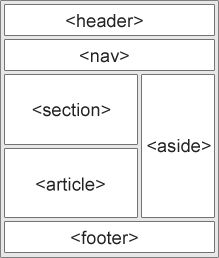Banks love borrowers who spend on credit cards. This is because they charge anywhere
between 3 to 4% per month on the outstanding amount if you fail to pay the ‘total amount due’ in your credit card statement. This is the most expensive way of borrowing.
Below are 5 facts on Credit Cards
1. Borrowers are cautious and are revolving less money than before. Over the past one year, 53% of outstanding balances are revolved. When borrowers revolve credit, banks earn a higher interest income. This was over 60% a year ago and over 80% in 2009. Total credit card outstanding as of July 2013 was Rs 23,100 crore, according to RBI data.
2. Banks primarily earn interest income on the money they lend. Of the total interest income, credit cards account for less than 1% for most banks. Jefferies observes that HDFC Bank generates 4% interest income from credit cards, the highest among all banks. This means more customers of HDFC Bank are revolving credit and paying a higher interest rate.
3. Ten banks account for 88% of credit cards issued in India.
4. The four private banks (HDFC Bank, ICICI Bank, Axis Bank and IndusInd Bank) put together now constitute roughly 66% of the total credit card outstanding balances in the banking system.
5. When you opt for a 0% equated monthly instalment or EMI option, banks charge a nominal transaction fee. Point of sale terminals, as banks call these mode of payment, have surged 50% over past one year. HDFC Bank, ICICI Bank, Axis Bank and IndusInd Bank have an 80% share in this segment, according to Jefferies.
between 3 to 4% per month on the outstanding amount if you fail to pay the ‘total amount due’ in your credit card statement. This is the most expensive way of borrowing.
Below are 5 facts on Credit Cards
1. Borrowers are cautious and are revolving less money than before. Over the past one year, 53% of outstanding balances are revolved. When borrowers revolve credit, banks earn a higher interest income. This was over 60% a year ago and over 80% in 2009. Total credit card outstanding as of July 2013 was Rs 23,100 crore, according to RBI data.
2. Banks primarily earn interest income on the money they lend. Of the total interest income, credit cards account for less than 1% for most banks. Jefferies observes that HDFC Bank generates 4% interest income from credit cards, the highest among all banks. This means more customers of HDFC Bank are revolving credit and paying a higher interest rate.
3. Ten banks account for 88% of credit cards issued in India.
4. The four private banks (HDFC Bank, ICICI Bank, Axis Bank and IndusInd Bank) put together now constitute roughly 66% of the total credit card outstanding balances in the banking system.
5. When you opt for a 0% equated monthly instalment or EMI option, banks charge a nominal transaction fee. Point of sale terminals, as banks call these mode of payment, have surged 50% over past one year. HDFC Bank, ICICI Bank, Axis Bank and IndusInd Bank have an 80% share in this segment, according to Jefferies.






























